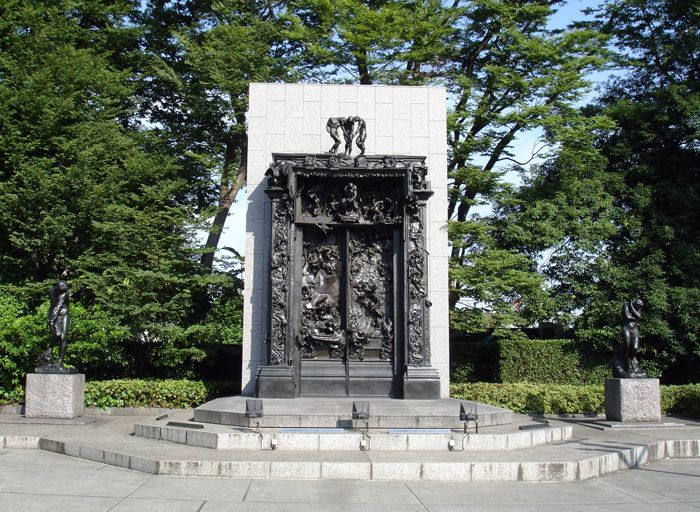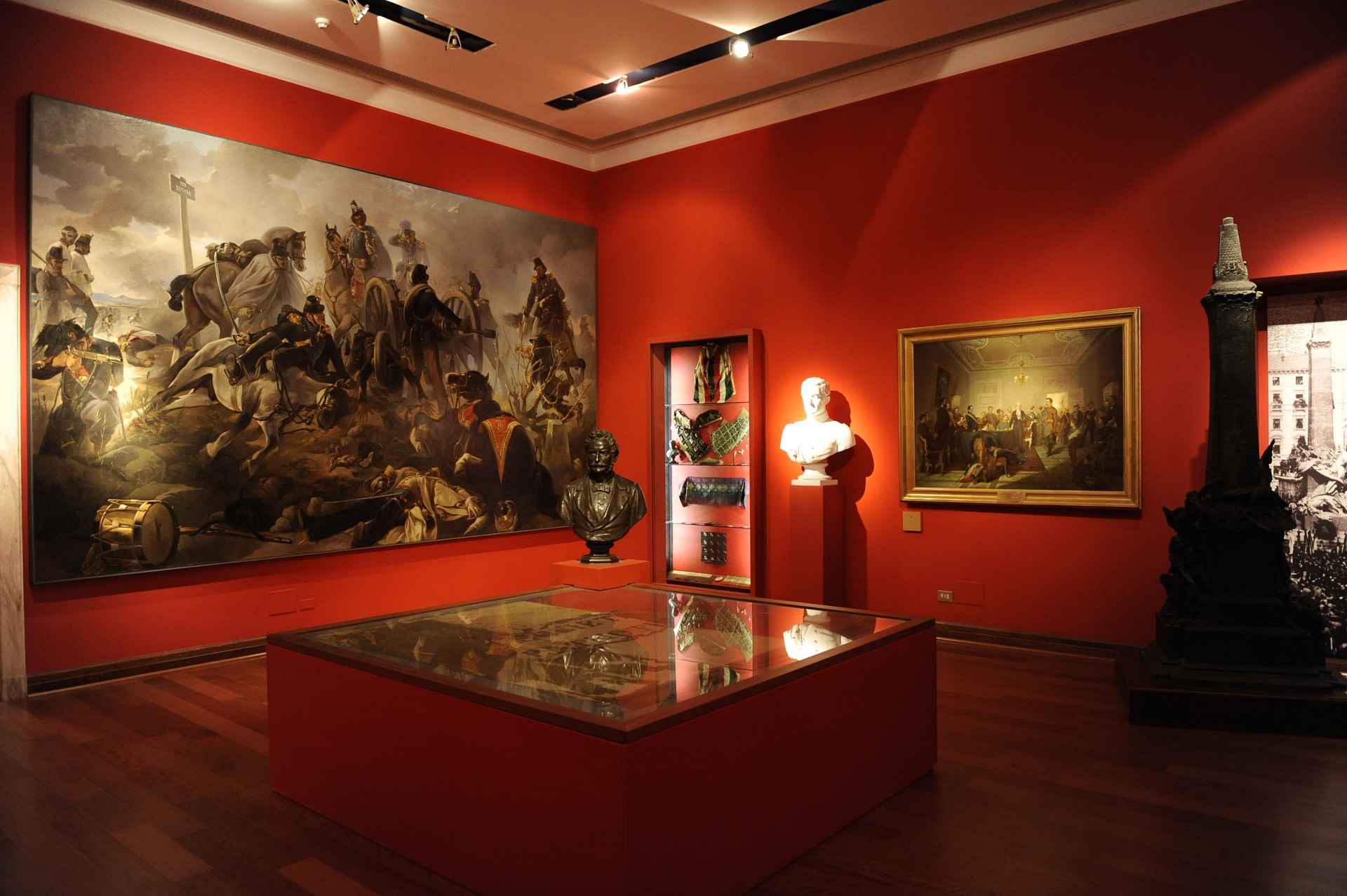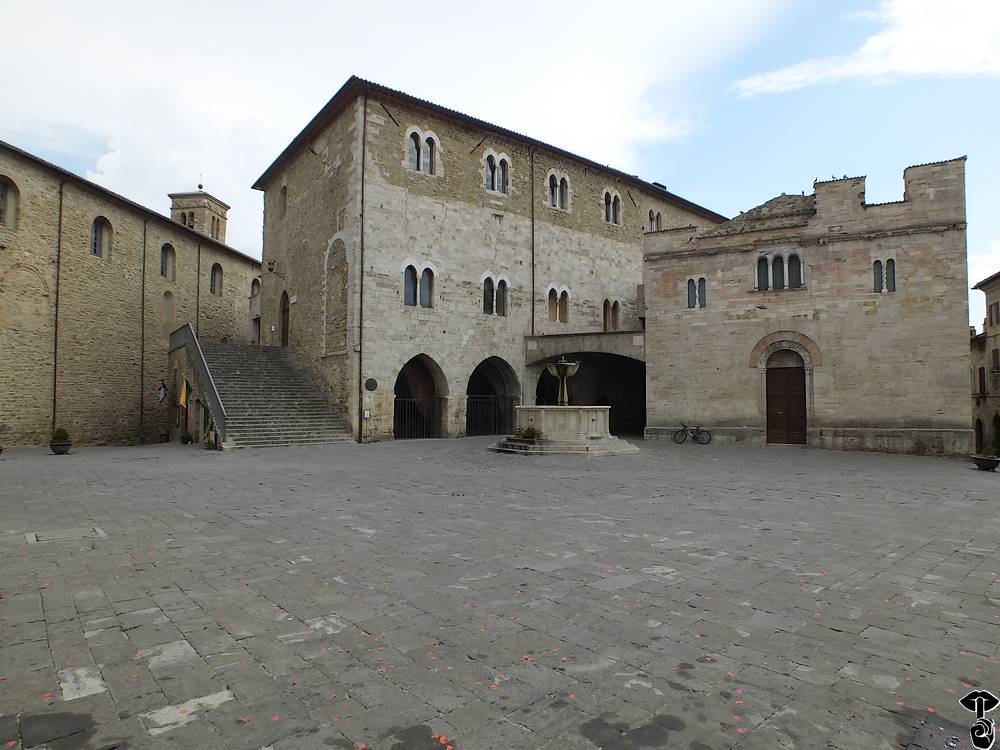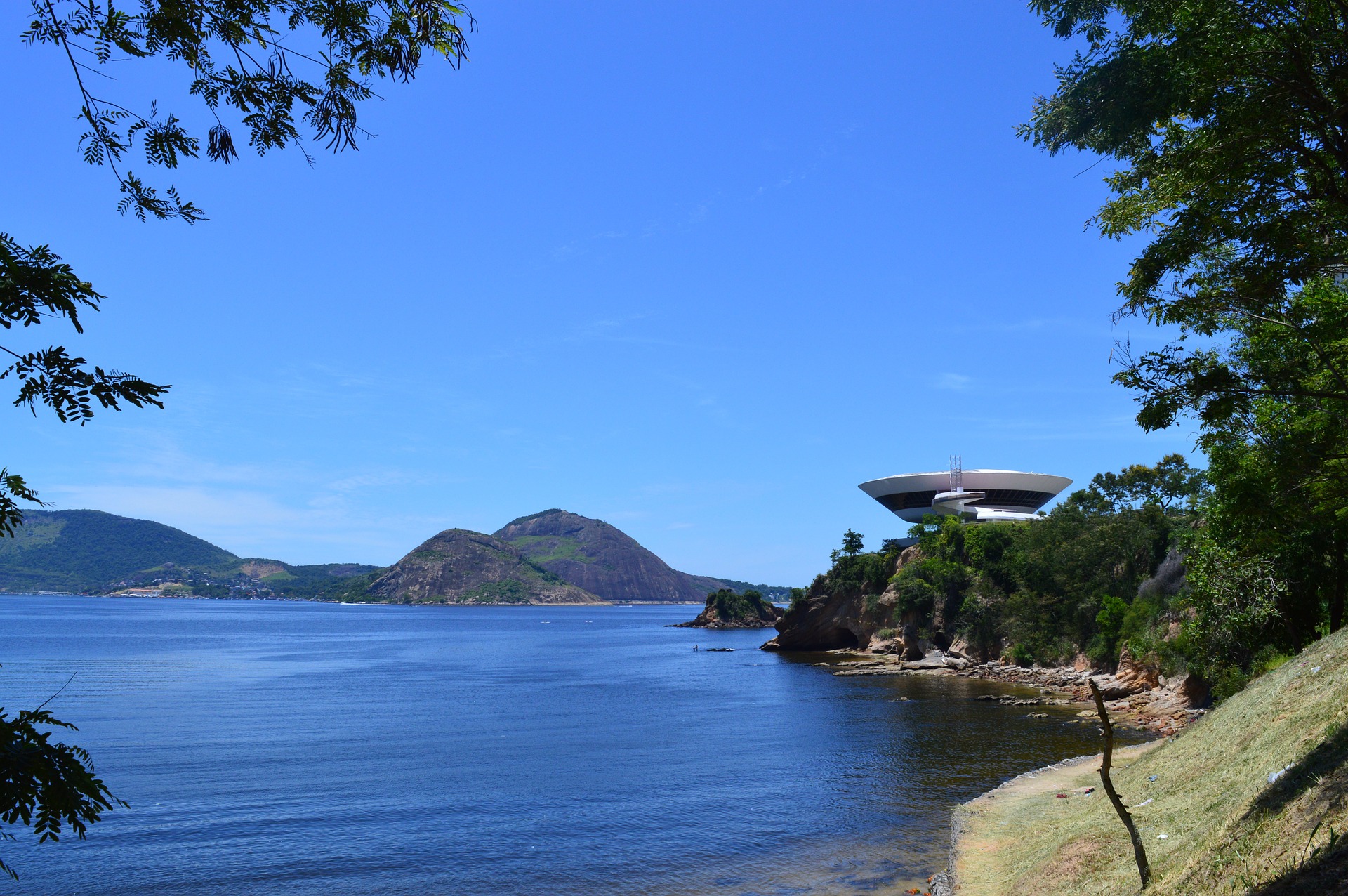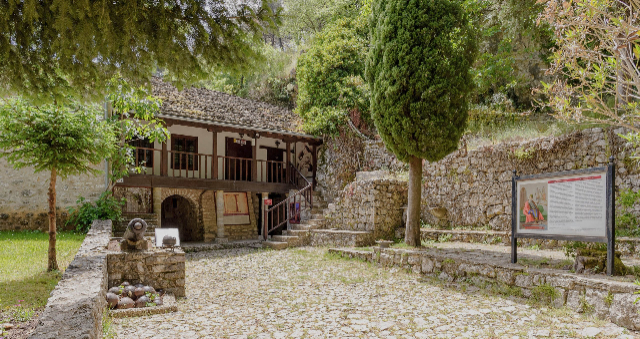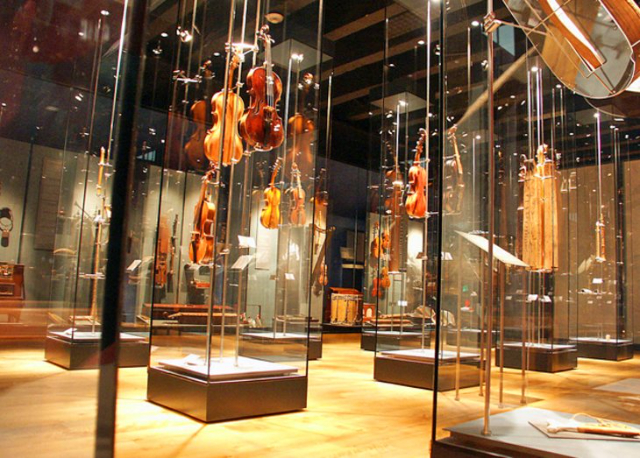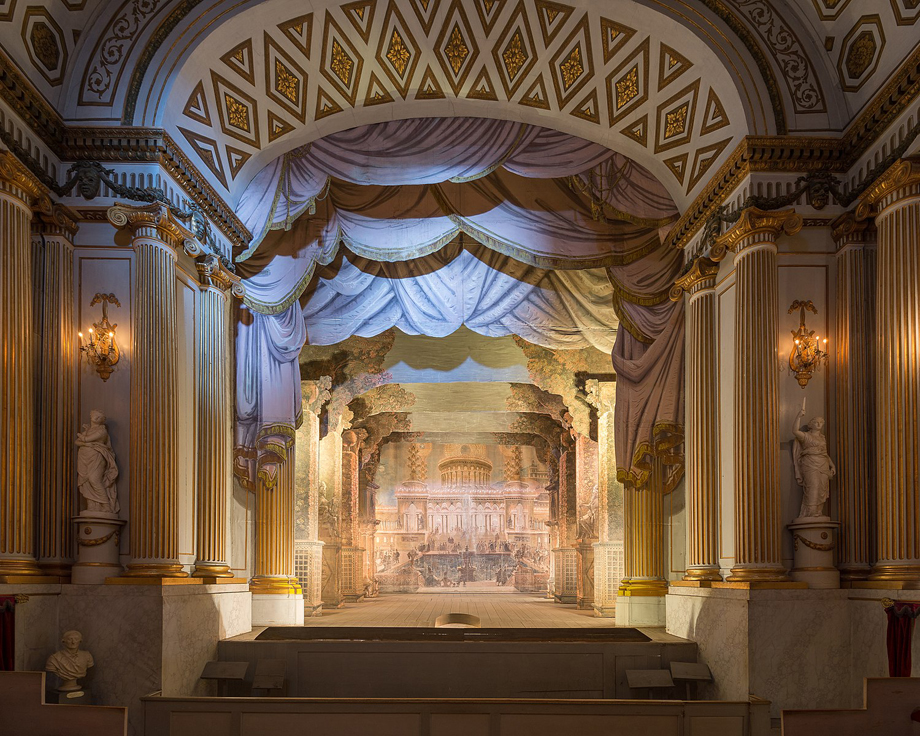The Gates of Hell at National Museum of Western Art Ueno Park Taito Tokyo Japan
In 1880 Rodin was commissioned by the government to create a set of doors for the entrance of the newly planned construction of the Museum of Decorative Arts in Paris. A fervent reader of Dante, Rodin had already created a group work in 1876 entitled Ugolino and his Sons based on the Divine Comedy, and without hesitation, he decided to create a series of "low reliefs depicting the Divine Comedy" for the doors. He immediately began from work on the project, basing his compositional forms on Ghiberti’s Gates of Heaven on the Baptistry in Florence. In his first preparatory sketches, Rodin divided the right and left doors into four vertically arranged panels with scenes from "Hell" shown in low relief over the eight panels with a giant figure placed in the center. However he lost Dante’s mythical order and it descended into a chaotic world. Rather than Dante’s world, he has entered the Hell found in man’s mind, expressed in Baudelaire’s poetry, Les Fleurs du Mal. The third stage of the 3-D clay model, which became the gate’s final composition, can be seen in the colored plaster cast model. Both the content and the compositional forms have been transformed into chaos in this final version, which generally represents the forms of the completed bronze work. This large monument was never actually used and it was not cast in bronze during Rodin’s lifetime. The Gates were finally cast in the 1920s, and including recent casts, there are now seven Gates in bronze throughout the world. The first two bronzes were cast under commission by Kojiro Matsukata. (Source: Masterpieces of the National Museum of Western Art, Tokyo, 2009, cat. no.129)
